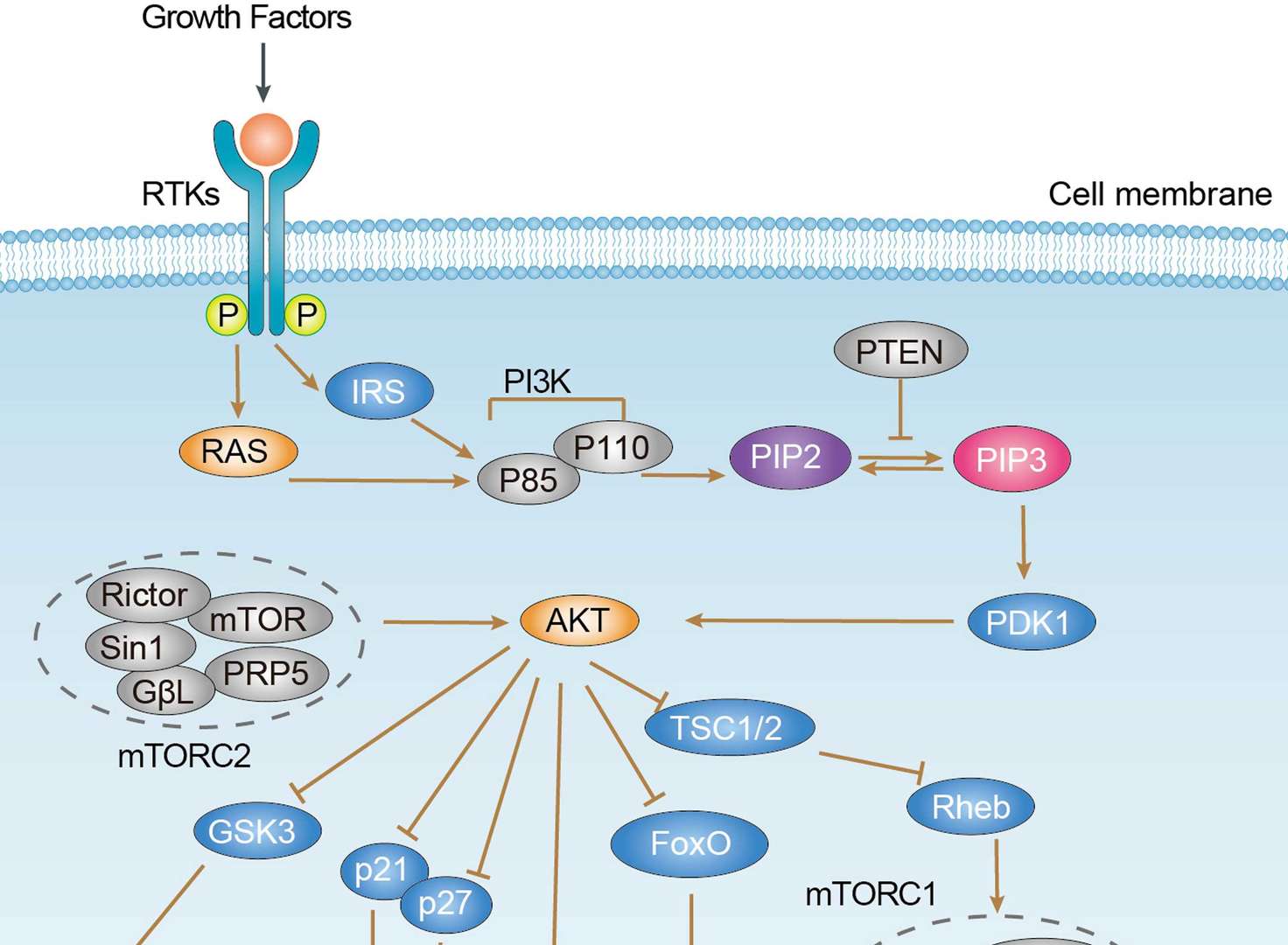Alcoholism Overview
Alcoholism, also called alcohol use disorder (AUD), is a broad term for any drinking of alcohol that causes mental or physical health problems. Alcoholism is organized into three categories: mild, moderate and severe. In a medical area, alcoholism is said to exist when two or more of the following conditions are present: a person drinks large amounts of alcohol over a long time period and difficulty cut it down. Also acquiring and drinking alcohol takes up a great deal of time, patients are strongly desired for alcohol.
Using alcohol can affect all parts of the body, but it particularly influences the brain, heart, liver, pancreas and immune system. Alcoholism can cause the mental illness, Wernicke–Korsakoff syndrome, irregular heartbeat, an impaired immune response, liver cirrhosis and increased cancer risk. Drinking during pregnancy causes fetal alcohol spectrum disorders. Women are generally more sensitive than men to the harmful influences of alcohol. The risk of alcoholism starts at low levels of drinking and increases gradually with both the volume of alcohol consumed and a pattern of drinking larger amounts on an occasion, to the point of intoxication. The young are particularly at risk of engaging in binge drinking.
Overview of alcoholism pathways
Main Signaling Pathways in Alcoholism
Diagnosis of Alcoholism
Doctors need some signs and criteria to check whether patients are alcoholism. These criteria are based on the Diagnostic and Statistical Manual of Mental Disorders and published by the American Psychiatric Association (APS). Among these criteria, at least three of the following criteria should have been present during the past 12 months:
- Alcohol tolerance: a patient needs a large amount of alcohol to feel intoxicated. But, when the liver is damaged and cannot metabolize the alcohol so well, this tolerance may drop. Moreover, damage to the central nervous system may also reduce tolerance levels.
- Withdrawal symptoms: when a patient abstains from alcohol or cuts down, they have tremors, insomnia, nausea, or anxiety. They need to drink more to avoid or prevent these symptoms.
- Beyond intentions: the patient drinks more alcohol or over a longer period.
- Unsuccessful attempts to cut down: a patient is still trying to cut down alcohol consumption but does not work.
- Time consumed: someone spends much more time drinking or recovering from alcohol consumption conditions.
- Withdrawal: the individual withdraws from recreational, social, or occupational activities that they previously participated in.
- Persistence: patients continue consuming alcohol, even though they know it is harming themselves.
Blood tests can reveal very recent alcohol consumption. If a blood test reveals that the red blood cells have increased in size, it may be an indication of long-term alcohol abuse. Carbohydrate-deficient transferrin (CDT) is a blood test that helps to determine heavy alcohol consumption. Some tests relative to the liver and testosterone levels in males can indicate chronic alcohol consumption.
Treatment of Alcoholism
The following are summarized treatment options for alcoholism:
- Alcohol tolerance: a patient needs a large amount of alcohol to feel intoxicated. But, when the liver is damaged and cannot metabolize the alcohol so well, this tolerance may drop. Moreover, damage to the central nervous system may also reduce tolerance levels.
- Seeking professional help and support: patients need to seek professional help from related websites or healthcare centers.
- Treating potential problems: there may be problems with individual moods, such as self-esteem, anxiety, depression, or other aspects of mental health. It is also important to treat these problems because they can increase the risks posed by alcohol. Furthermore, common alcohol-related issues, such as hypertension, liver diseases, and possibly heart diseases, will need to be treated.
- Drugs for cravings: Naltrexone (ReVia) can help decrease the urge to have a drink. Acamprosate (Campral) may help for cravings.
- Detoxification: medications help prevent withdrawal symptoms (delirium tremens, or DTs) that can occur after quitting. Treatment usually lasts 4 to 7 days. Chlordiazepoxide, a benzodiazepine medication, is commonly used for detoxification.
- Abstinence: some patients complete detox successfully, but they start drinking again either soon after or sometime later. Patients need medical help and family support to avoid alcohol.
For research use only. Not intended for any clinical use.
This site is protected by reCAPTCHA and the Google Privacy Policy and Terms of Service apply.


 PI3K/Akt Signaling Pathway
PI3K/Akt Signaling Pathway
